From Beijing to Hong Kong, the Chinese art scene is booming as it overtakes the UK as the second biggest art market in the world.
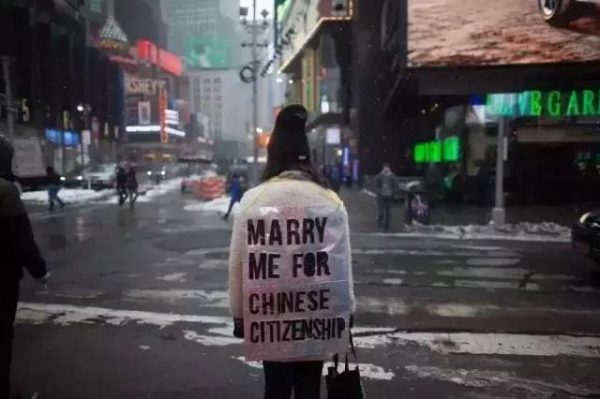
While studying at New York University in 2014, young Chinese performance artist Li Shuang walked the streets of Manhattan with a placard that said: “Marry me for Chinese citizenship.” To her surprise, many men came up to her making remarks along the lines of: “Sure, I’ll marry you so you can get a US green card.”
Li says: “They completely misread my placard. They think I want to stay in the US, like so many foreigners do. But I was subverting that. I didn’t want to stay in the US. I want to live and work in China. This country is booming and there are many more opportunities for me here.”
As Chinese big names continues to expand in the international art scene, Beijing continues to be the centre of Chinese art, even as the art scenes in Shanghai and other cities like Chengdu and Shenzhen are expanding.
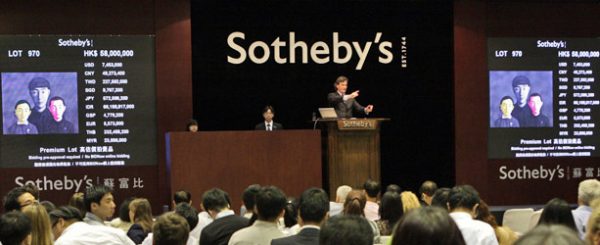
There’s a lot of media attention on a handful of Chinese artists such as Zhang Xiaogang and Zeng Fanzhi fetching stratospheric prices for their works in auctions. The truth is, this country is rearing talented and there are other great Chinese artists who have been practising for a long time, but whose names may be less familiar. There’s so much more depth and breadth to Chinese art than what makes the headlines.
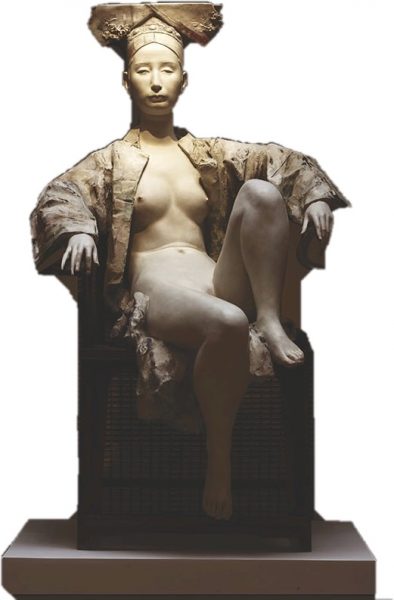
The most recent report on the art market by Dr Clare McAndrew, commissioned by The Art Basel and UBS, states that China has overtaken the UK to be the second biggest art market globally. The US retains pole position, accounting for 42 per cent of the market. China accounts for 21 per cent of the market – more than double its 9 per cent in 2008. The remaining Asian countries, including Japan, South Korea, India, Indonesia and Singapore, make up just 2 per cent of the market.
Star Wattage Buying Power
Art sales in China, including Hong Kong, rose by 14 per cent in 2017, and accounted for 21 per cent of the global art market, up from 20 per cent in 2016. That knocked the UK back to third place for the first time since 2014.
McAndrew says China’s appetite for art is related closely to a more than doubling in the number of dollar billionaires in the country last year – to around 580 according to an estimate by Swiss bank Credit Suisse, up from 221 in 2016. Last year 26 per cent of the world’s billionaires were Chinese.
Of the world’s top 200 collectors, nine were in China last year, and a further three in Hong Kong.
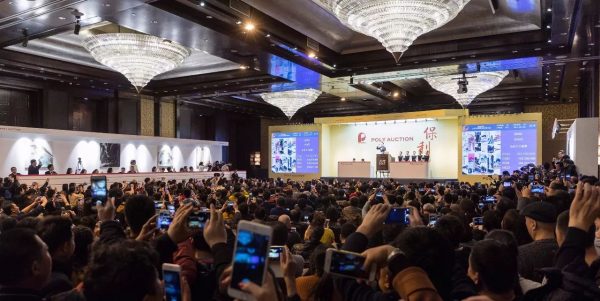
Only one decade ago, in 2007, China accounted for just 9 percent of total sales worldwide, according to the Art Basel report. That figure doubled in 2009 and reached the peak of 30 percent in 2011 before the recovering U.S. made a comeback. Over at Christie’s, total art buying from Asia went up 40 percent from a year ago in the first half of 2017, the auction house said. One-fifth of new art buyers also came from the continent. For the first time ever, Asia led global sales, the auction house said.
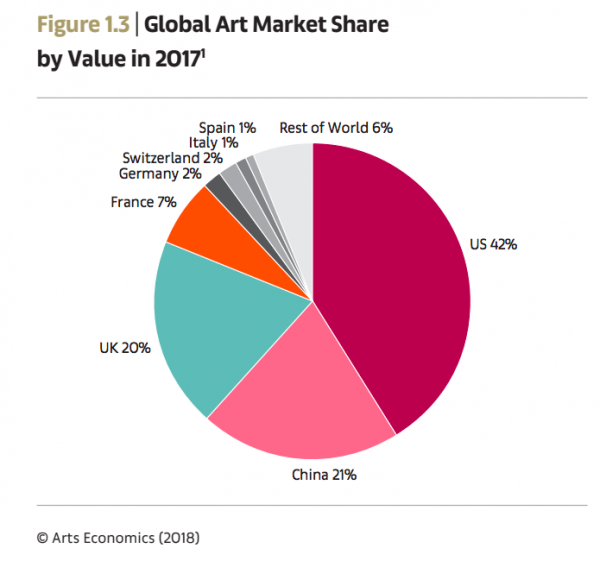
Given their big budgets, Chinese buyers are increasingly dominating the art investing world. China lost heaps of artwork in the last century due to historical turmoil, but now that the country is an economic power, the rich are buying back some of their heritage.
